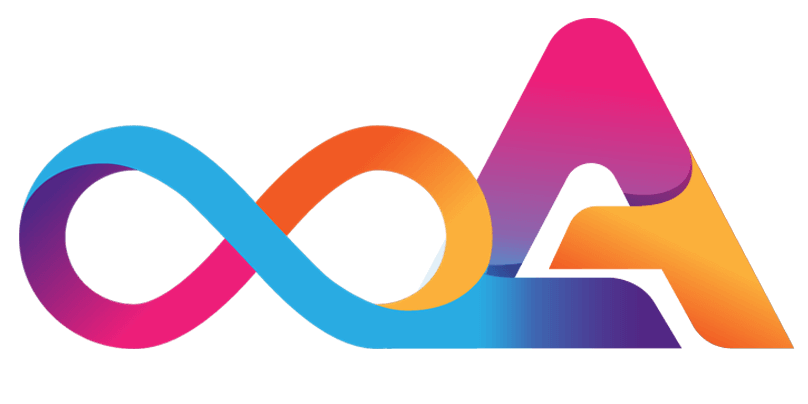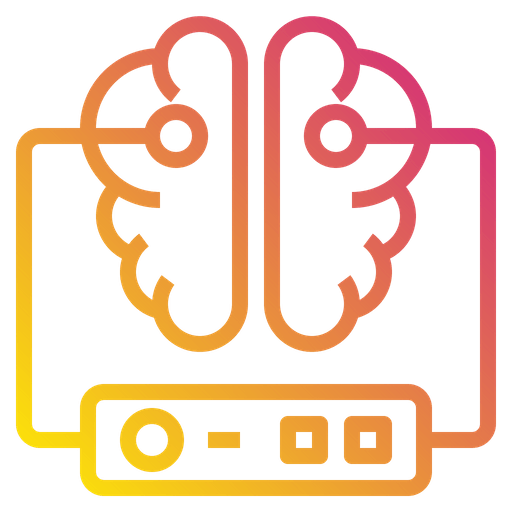Governance
Community-Led Governance
Learn more about the governance of the Internet Computer network and how voting power is distributed in the network

Network Governance
Understanding the community-led governance of the IC
The broader community of the Internet Computer controls around 60% of the voting power in the network. As a result, the Internet Computer’s network governance is in the hands of the community.
In order to participate in the network’s governance process, ICP token holders need to lock tokens in neurons. Locking tokens is comparable to staking tokens in other networks. Doing so creates neurons in the Internet Computer’s Network Nervous System (NNS).
Neuron holders can participate in governance by submitting and voting on proposals that are designed to continuously improve and upgrade the Internet Computer. The voting power of a neuron holder is dependent on the number of locked ICP tokens, the dissolve delay, as well as the age of the neuron. More on this later.
At the time of writing this article, a total of 48.402 governance proposals have been submitted to the Network Nervous System by network participants and voted on by neuron holders. As a reward for participating in the network’s governance, voters receive voting rewards from the NNS.
Voting Power
To ensure full decentralization, the Internet Computer Association (ICA) and the DFINITY Foundation have vowed to never hold more than 50% of the network’s voting power collectively. At the Genesis launch of the network, the combined voting power of both not-for-profit organizations was 40%.
Voting Power at Genesis
Voting Distribution at Mainnet Launch
in %., network launched in May 2021
This figure has continued to decrease substantially as ICP tokens have been distributed and as network participants have started to stake their tokens. As a result, the voting power of both not-for-profit organizations has decreased as well, leaving the network’s governance in the hands of the community. With the increased voting power of the community, network participants can play a key role in shaping the future of the Internet Computer network.
Calculating the Voting Power of a Neuron
The voting power of a neuron depends on these three factors:
- Number of staked ICP tokens
- Duration of the neuron’s dissolve delay (from 6 months up to 8 years)
- Age of the neuron (since creation date or stop of dissolution)
Token Distribution
The 10th of May marks the Genesis launch of the Internet Computer. During the mainnet launch, ICP token liquidity began propagating to early contributors, seed donors, strategic partners, airdrop participants, developer partners, and team members. The ICP tokens of seed donors (24.7% of the total supply) and early contributors (9.5%) were locked in neurons at Genesis, to enable immediate participation in the NNS.
Genesis token allocation
A total of 496,213,709 ICP tokens was distributed during the Genesis event. The following shows an overview of the ICP token allocation:
| Genesis Allocation | in % | Participants | |
|---|---|---|---|
| Early Contributors | 44,575,228 | 9.50% | <50 |
| Seed | 115,986,694 | 24.72% | 212 |
| Strategic | 32,845,140 | 7.00% | <50 |
| Presale | 23,295,828 | 4.96% | 110 |
| Strategic Partnerships | 17,795,770 | 3.79% | <50 |
| Community Airdrop | 3,763,448 | 0.80% | 50,000 |
| Initial Community | 2,242,179 | 0.48% | <50 |
| Node Providers | 1,050,000 | 0.22% | 57 |
| ICA | 20,000,000 | 4.26% | 1 |
| Team Members | 84,480,829 | 18.00% | 200 |
| Advisors | 11,239,705 | 2.40% | <50 |
| DFINITY Foundation | 111,938,888 | 23.86% | 1 |
The liquidity of the ICP token will be impacted by a variety of different factors over time. These factors include:
- ICP token distribution based on vesting periods
- Dissolving of neurons that can either be staked again, converted into cycles, or transferred
- Token inflation through minting new ICP tokens. Tokens are minted to reward governance participants and node providers
- Burning of ICP tokens (deflation) when ICP tokens are converted to cycles or when tokens are used in DeFi and for transaction fees
- Token distributions from the DFINITY Foundation’s reserves to raise financing for R&D, the operations team and technical staff of the foundation, as well as to expand developer ecosystem programs
New ICP tokens are minted based on a predetermined percentage of the total ICP supply. At Genesis, this is 10% and decreases to 5% over the course of eight years.


